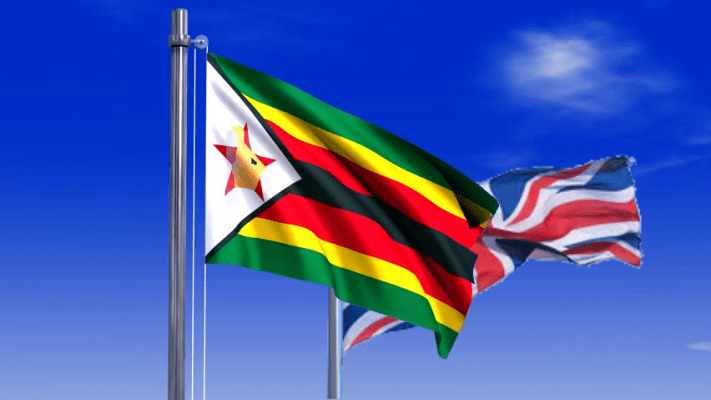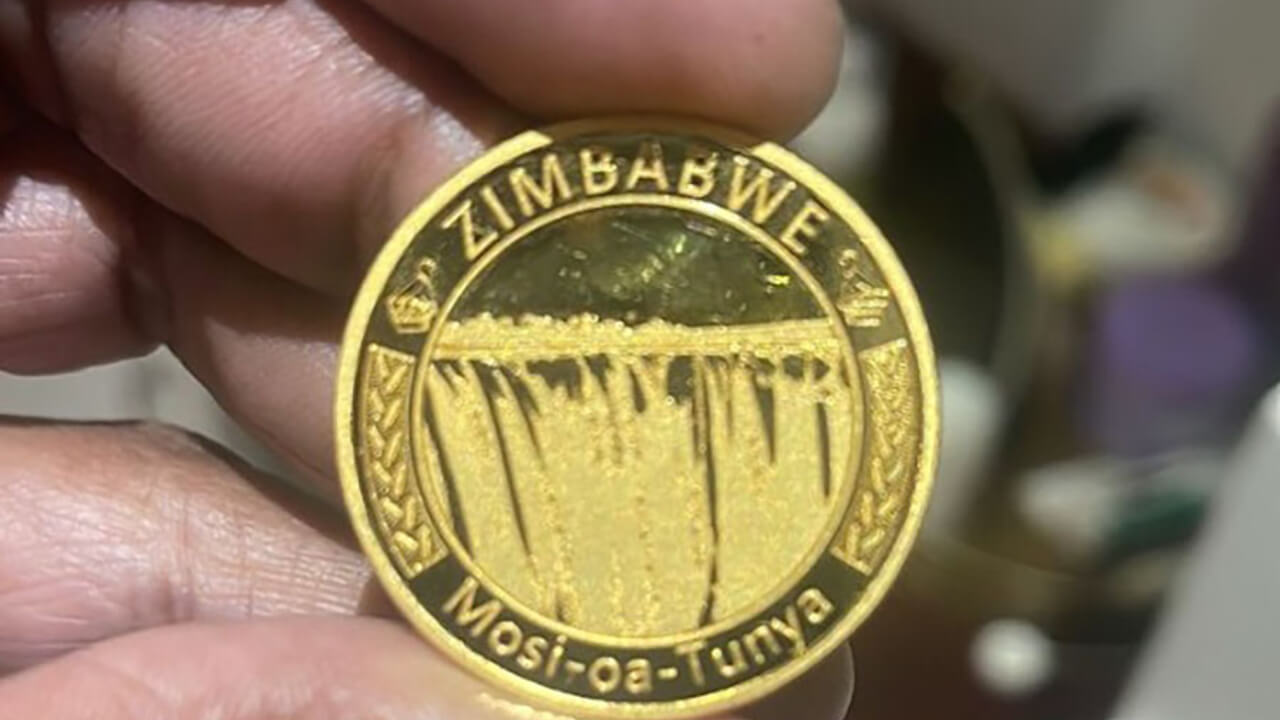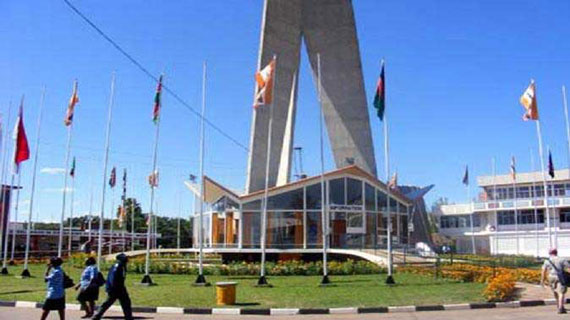ZITF must return to industrial shop window
As our industrial sector moves forward at ever-increasing velocity we need to start think seriously exactly what the Zimbabwe International Trade Fair means, and just who we want to exhibit and who we want to attend.
The trade fair was set up during the Federation of Rhodesia and Nyasaland in 1960 as the Central African Trade Fair. Bulawayo rather than the Copperbelt or Lusaka, or Blantyre or Harare was chosen as it easily had the greatest density of industrial companies and still had a fair number of head offices of other major commercial concerns, although there was continued movement to Harare.
The basic concept was to show what Zimbabwe made, and to bring together industrial producers and those who wanted suppliers of industrial goods, with industry owners also able to meet and co-operate. It was designed to fill the gap perceived in the many agricultural shows and become the focus of trade in industrial goods, and most importantly be the shop window for industry.
This changed during UDI when fairly obviously outside buyers became a bit reluctant to stroll around in daylight in front of witnesses, rather than slinking in at night and moving around very discreetly, and foreign companies simply did not want to be court selling to Smith’s Rhodesia, even if they were under the table.
So a decision was made to amalgamate the struggling and near moribund trade fair with the Bulawayo Agricultural Show, but keep the date the same, late April which was less useful for farmers who liked to display their latest harvests, but was not too critical as most farmers in Matabeleland in those days were ranchers, and could exhibit livestock at almost any time of the year.
The excuse given was that farmers were producers as well, but the main reason was the need for industry to become very closed-mouthed and behave a great deal more secretly. So the trade fair was largely taken over by the agricultural show and all its non-trade events, exhibitors and competitions, and became part of the huge social event that the farm shows in cities had grown into.
Agricultural shows, especially in Harare, Bulawayo and other cities, had been growing and developing over the decades. They started off as pure farmer shows, which is why show grounds had to be near the railway at the beginning.
Farmers gathered for intense competition to see who had the best cattle of each type and breed, and the livestock competitions also included poultry, pigs, goats and even rabbits. Crop farmers competed for trophies, with little or no cash prizes, for the best tobacco, the best maize , the best fruit and so on.
There were competitions for the best cheeses, and the home industries section meant things like jam, preserves, clothing, and the like rather than commercial production, although grocers did like to buy winning cheeses and set up links with those farmer wives who could produce the better quality jams, and make contact with those who could produce Christmas turkeys.
Butchers came along to buy “show beef” which was a major seller in the fortnight after every show and farmers sold off their entries, especially those who were not placed high enough for breeding, for a premium price rather than bear the costs of taking the losers home.
There were also other competitive events, such as dressage and show jumping for horses and riders, and other rural-orientated leisure activities. But the main thrust was competition among farmers, wanting to be known as the best, and the social mixing as most farming families came to town at the same time and urban residents could join in with everyone having a good time. There was some business, with companies that could sell things to farmers very keen to show what was available, everything from new ox waggons to newspaper subscriptions.
As years went buy there was ever more public relations, largely from State entities, started coming with the results we see today when many of these parastatals and near parastatals are among the major exhibitors, although they buy and sell nothing.
This is now the position of the ZITF. There are still the farmer-orientated activities and the farmer competitions from the old Bulawayo Agricultural Show. There are still the purely commercial operations of businesses wanting to sell to farmers and townspeople; there are still the public relations exhibitors. But there is ever decreasing bulk business, at least as a proportion of trade fair activity, and while the old idea of the trade fair being an industrial shop window is still there, you need to go through a long list of other exhibitors to find the industrial exhibitors.
Splitting ZITF from its now dominant farmer and social elements would probably be a good idea. They can still share the same grounds, although the farmers would probably like to move back to the August school holidays, and the range of agricultural produce and livestock, with the present emphasis on irrigation, would bring farmer competitiveness back to centre stage.
The agricultural show would also the obvious choice then for all those urban-orientated exhibitors and State agencies and parastatals, and for the major range of social activity. ZITF would become, perhaps, more boring for the average person but the visitors and exhibitors would be very largely manufacturers, industrial suppliers and their customers, and ZITF would be a pure trade fair, not a major Bulawayo social event.
The organisers of Trade Fair and the agricultural shows also need to start thinking about how to handle the small businesses who exhibit largely to sell the stock they bring to the showgrounds. Some of these, perhaps many, are craftspeople selling craftwork, and they need to be fitted in. Some are the sort of people you can find in many fleamarkets who see the shows and fairs as such.
There is nothing wrong in setting up large occasional informal markets, but except for those producing arts and crafts the annual shows might not be the best choice, at least if there is a desire to specialise.
The organisers of ZITF have in recent years been trying to add value for industrialists and investors with their programme outside the exhibitions. This year for example there is the International Business Conference, which at least is orientated for those serious businesses wanting to export, and efforts are being made to connect the diaspora with what is being produced at home, again a trade fair rather than a social function.
We have other specialised trade events now. The tourism industry has its own well-established business and selling events where serious organisers and sellers of tourism from around the world are brought in and invited in so they can see at one venue just what Zimbabwe can offer their clients. The same events attract domestic tourists, Zimbabweans who like to know what is on offer in their own country when they plan holidays, conferences and leisure activity. But everyone there is either a business involved in tourism, or a potential customer of the tourism and hospitality industry.
The old-fashioned agricultural shows, events run for an by farmers, seem to be reappearing with small district shows now springing up around the country once more after a long absence.
If past history is any guide the best farmers will go on to provincial and national shows to compete against the best, and start making deals with more potential customers.
ZITF is supposed to be a similar event for industry and the industrial sector is now probably large enough, with new entrants coming in all the time and new products being produced and introduced, to make such a specialised show a lot more useful than the bundle of events now called a trade fair. That bundle needs to be unbundled once again.
Bulawayo still seems to be the obvious venue for the two shows, the trade fair and the more general and farm-orientated show. Industry was hard hit in that city, but is already resuscitating and when the Gwayi-Shangani water starts flowing in and financing becomes better should take off once more.-ebusinessweekly











